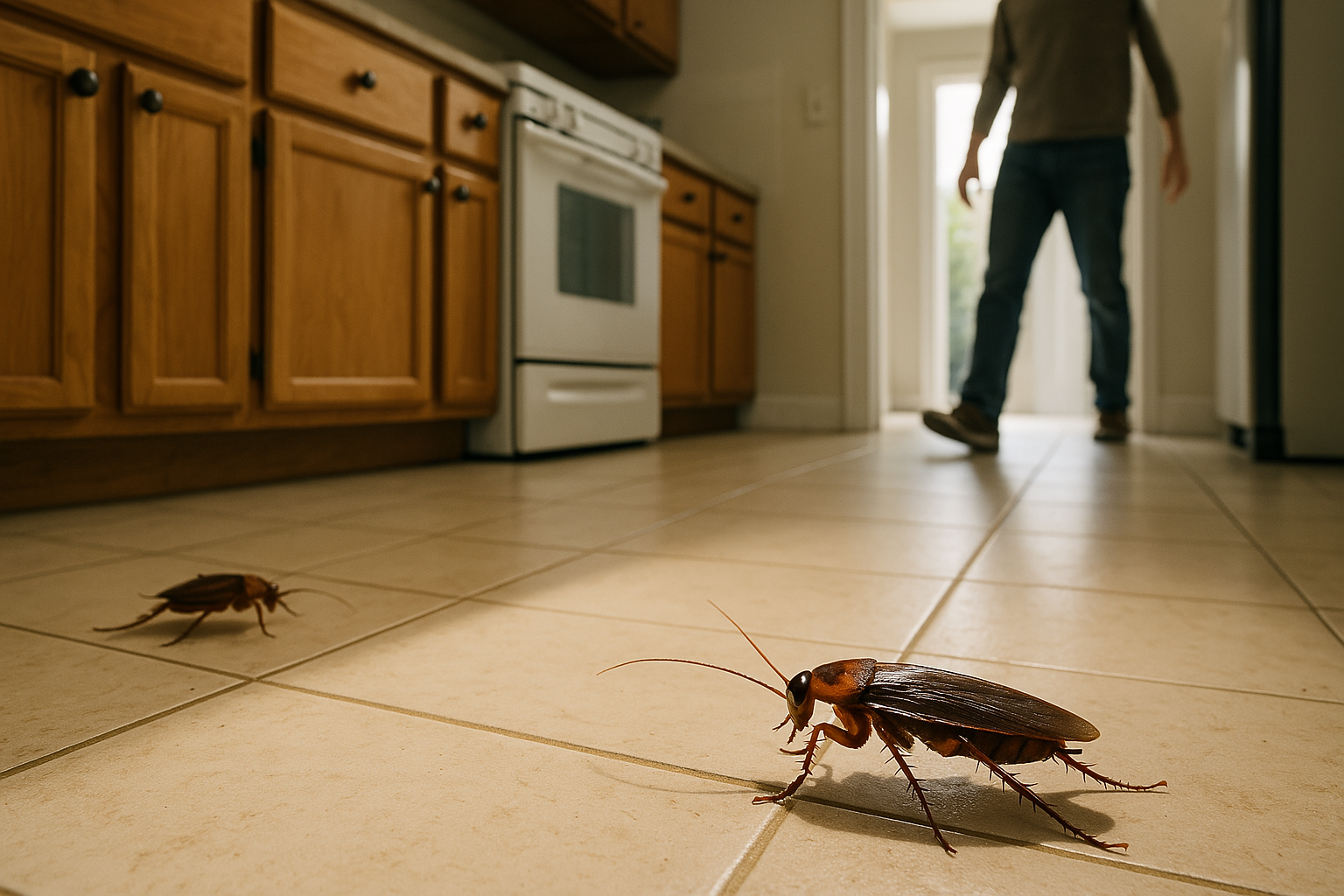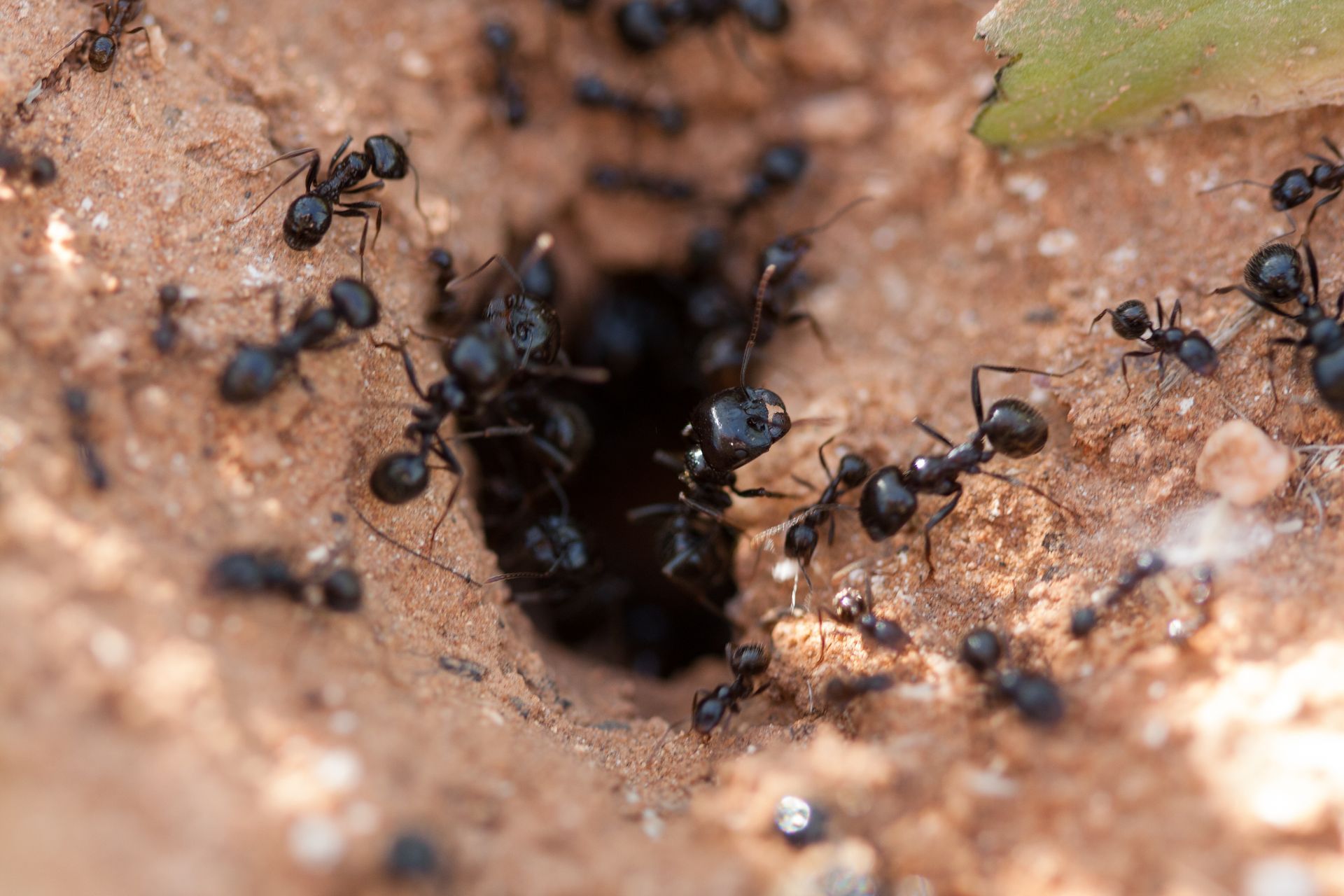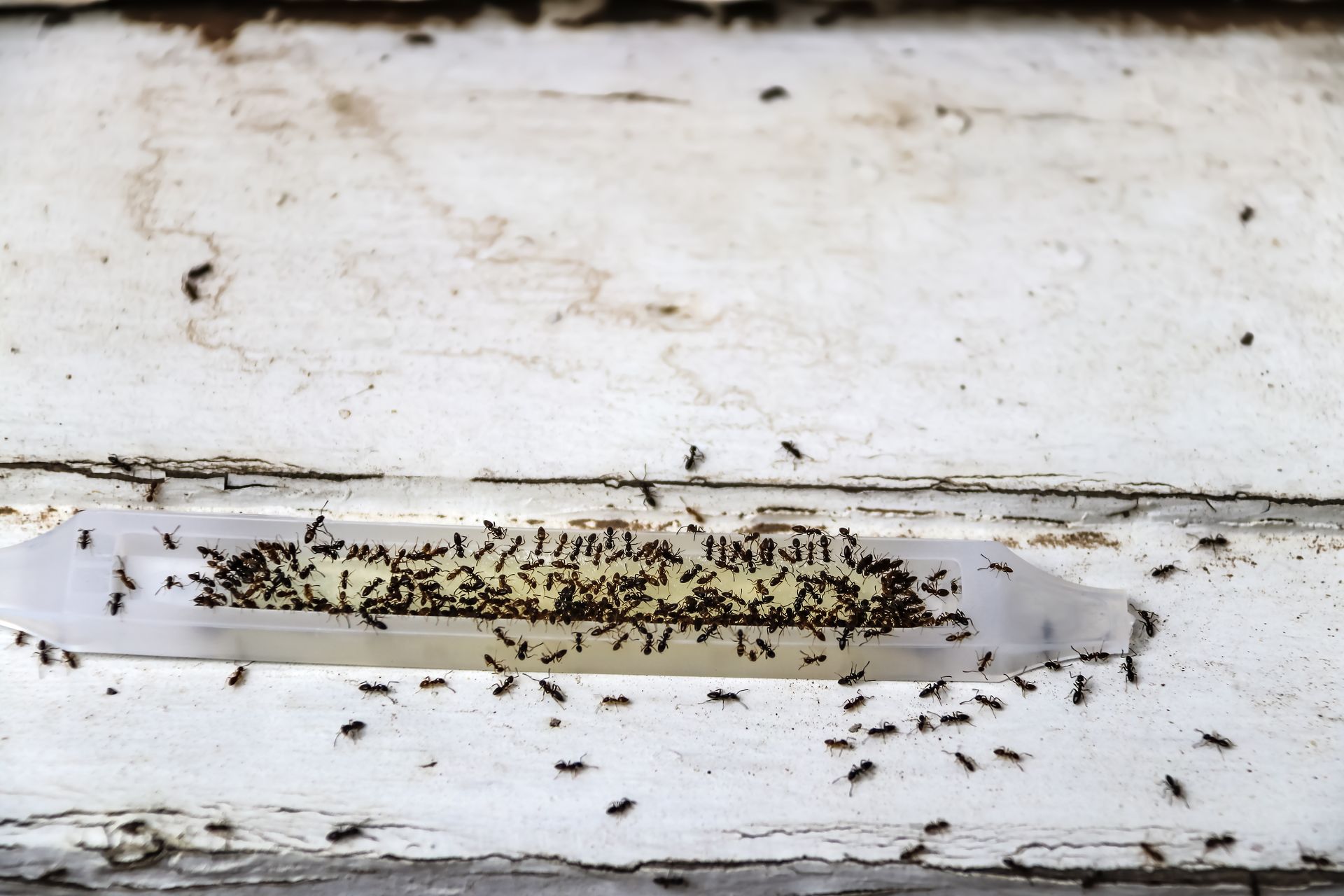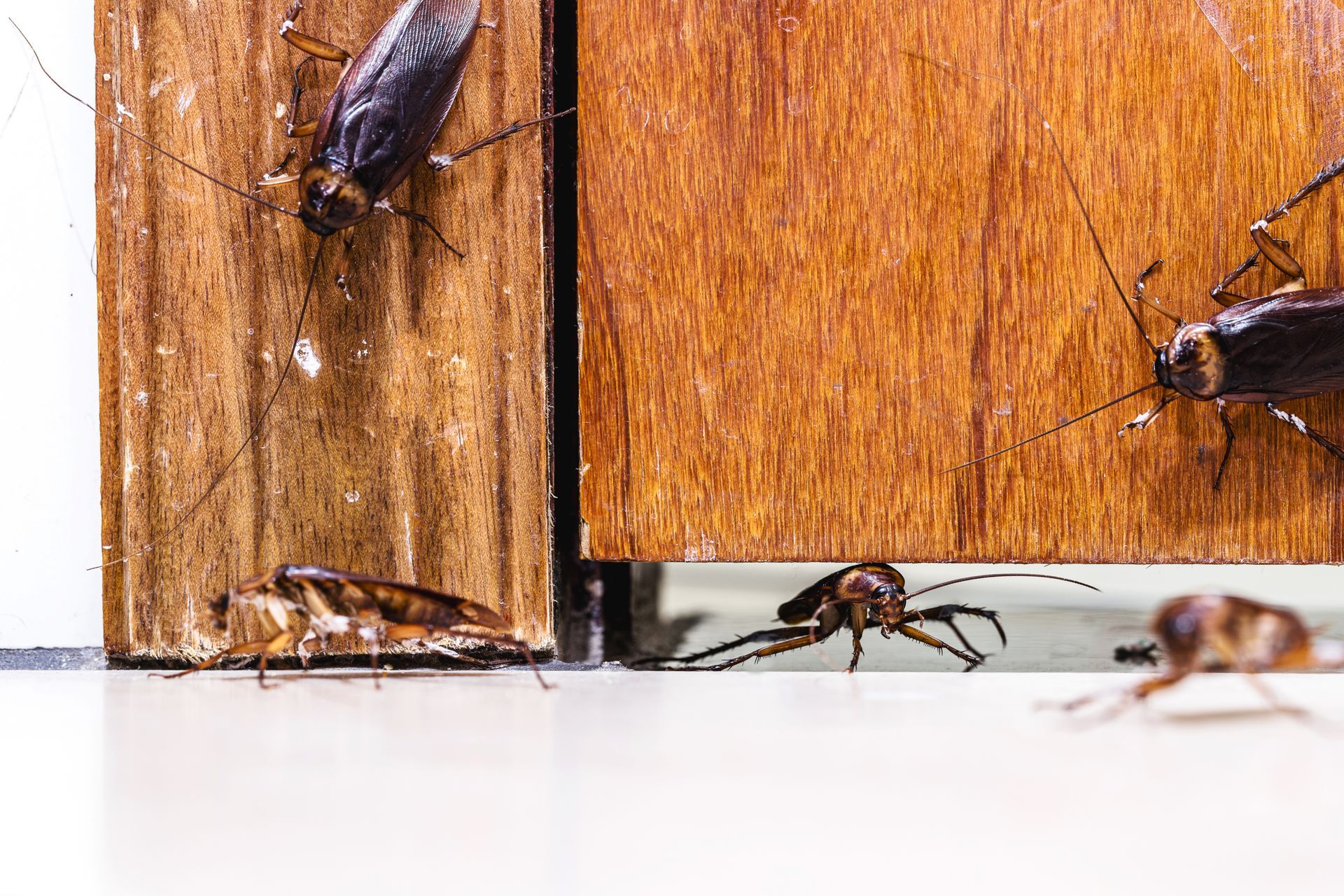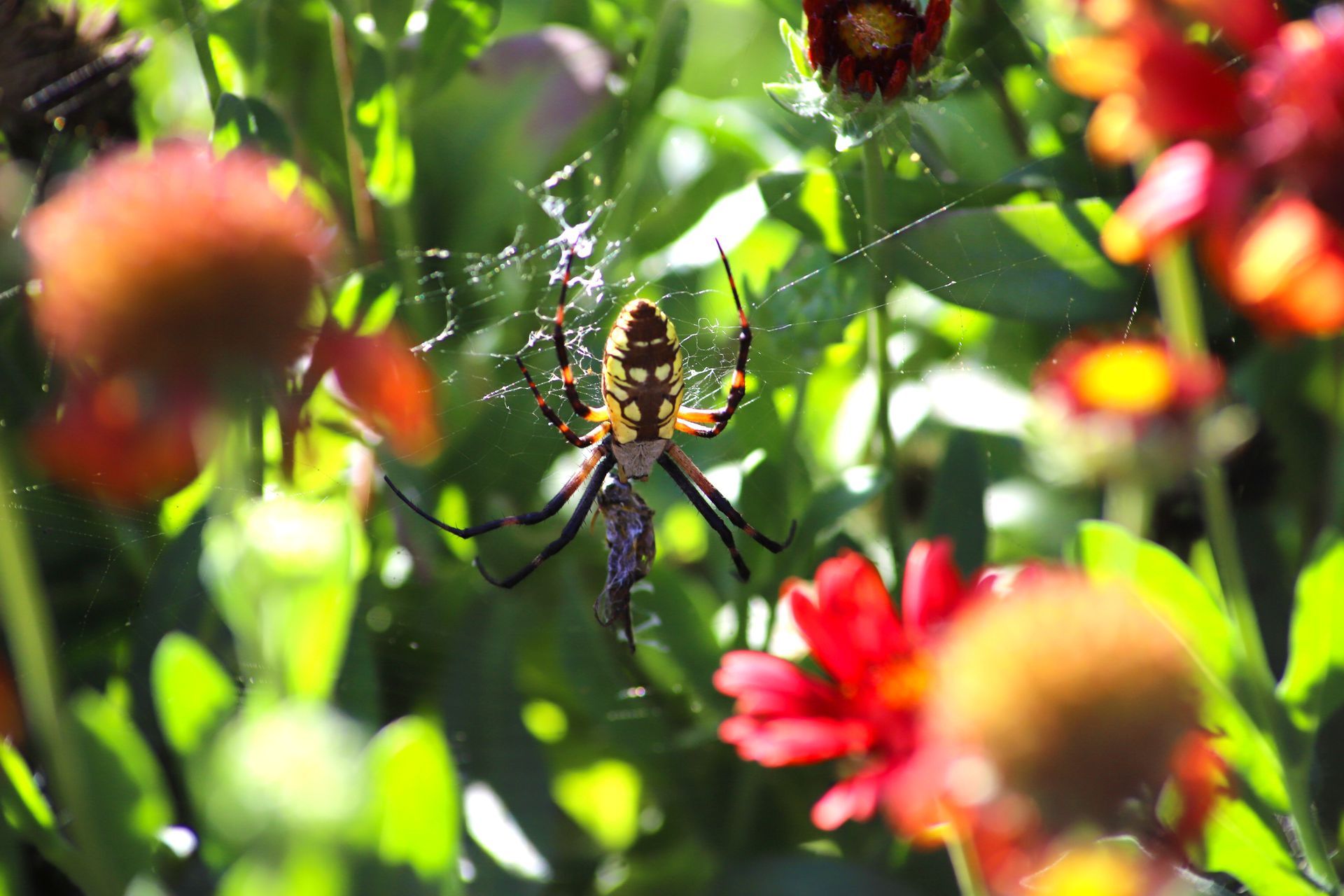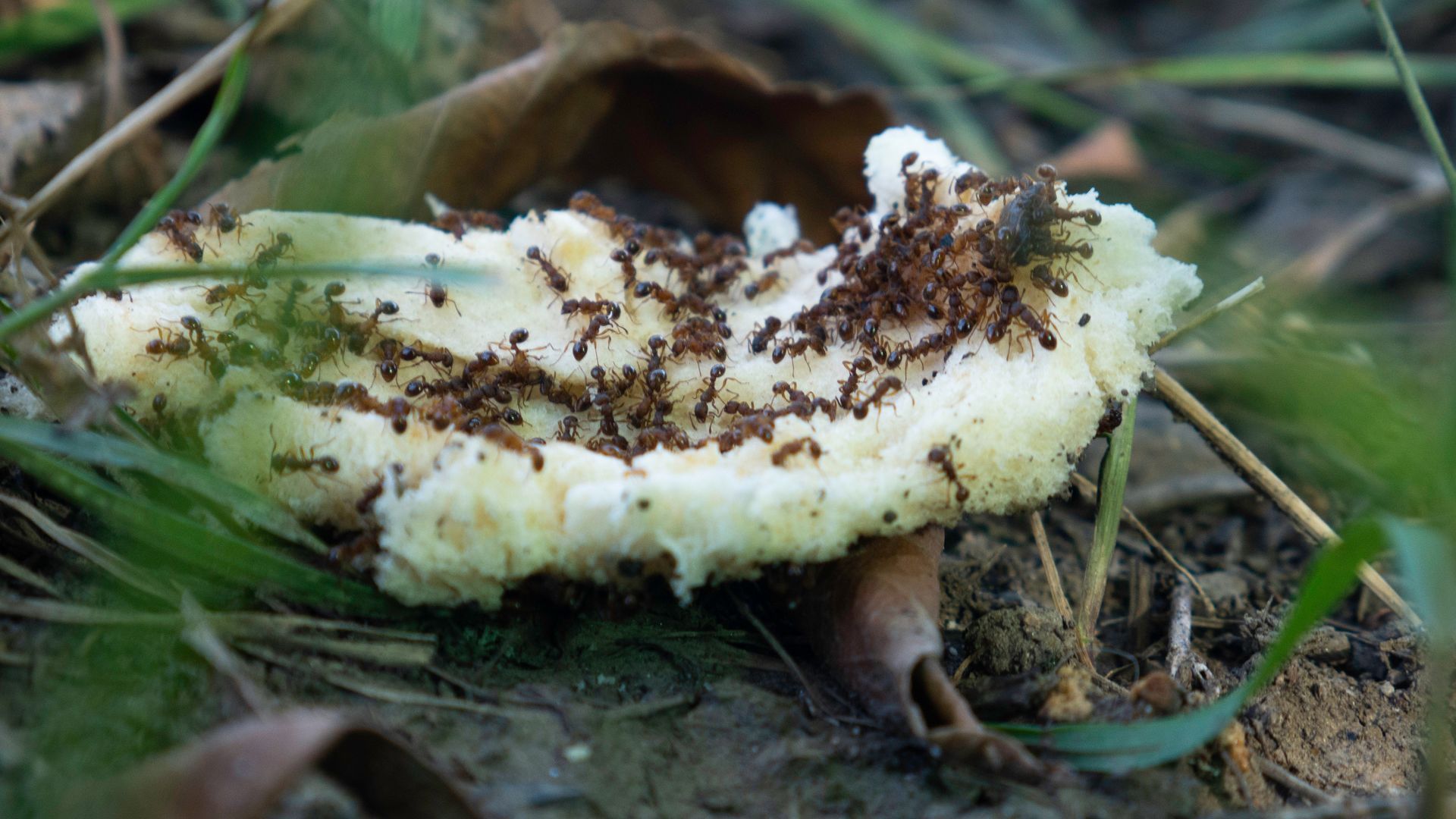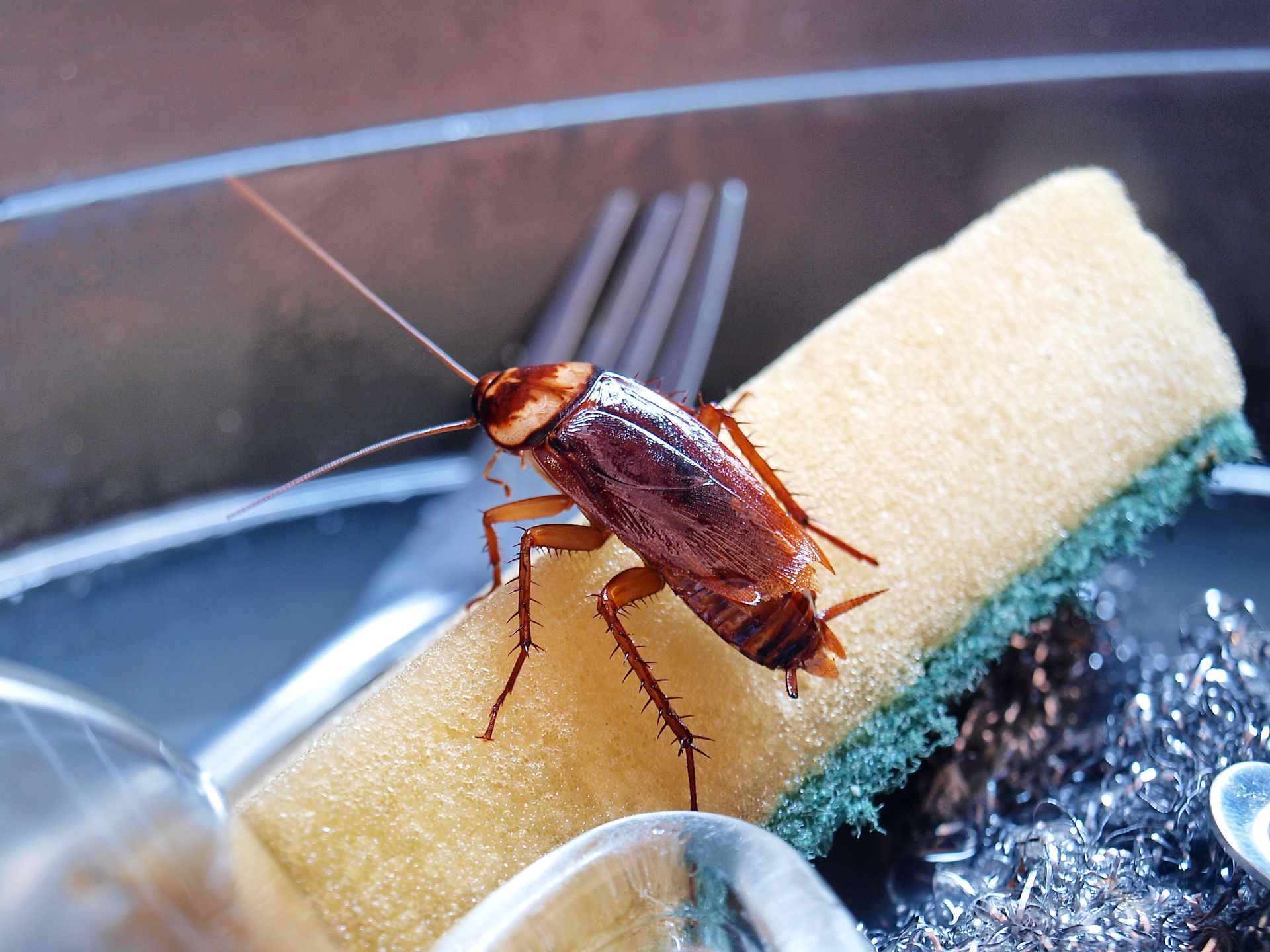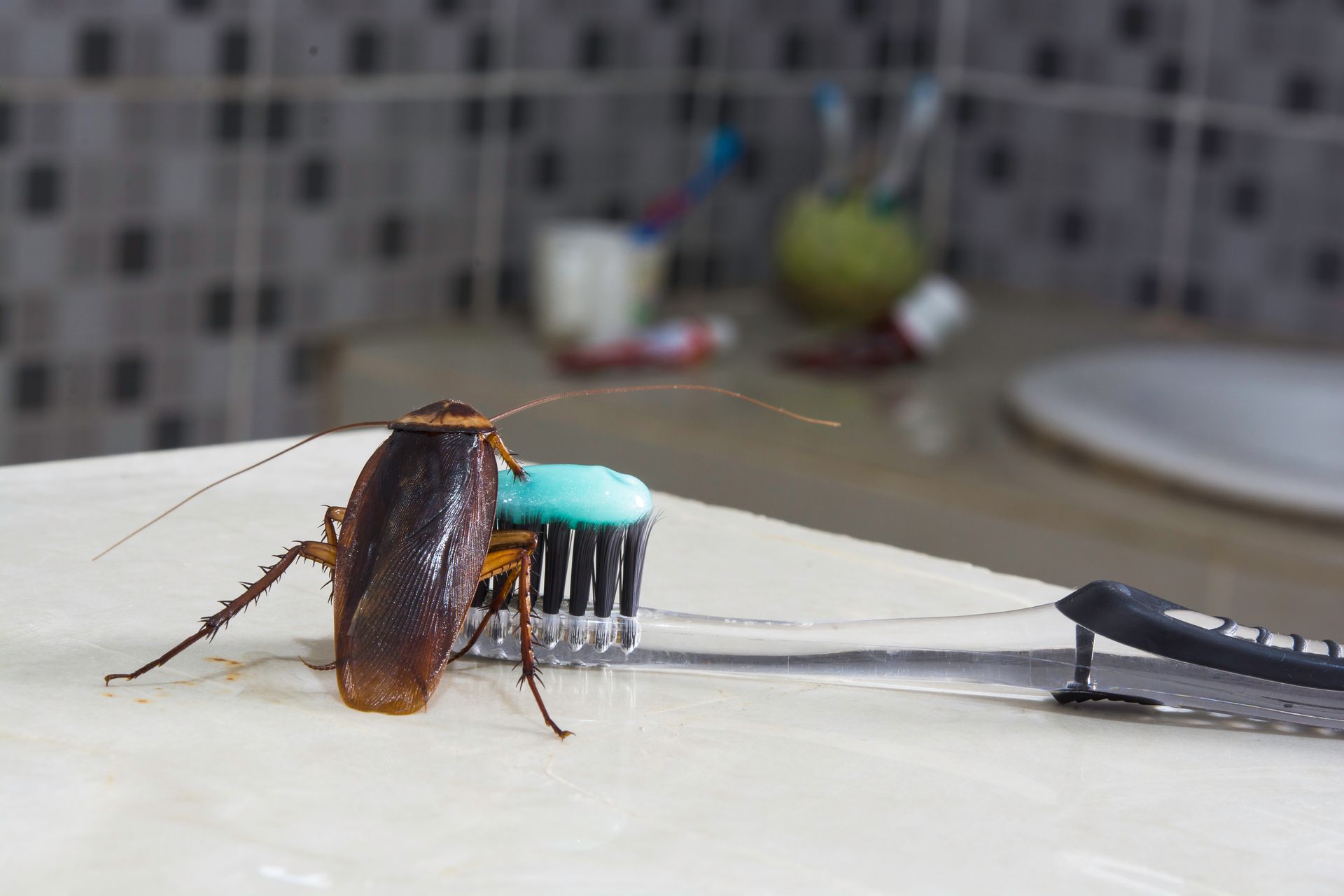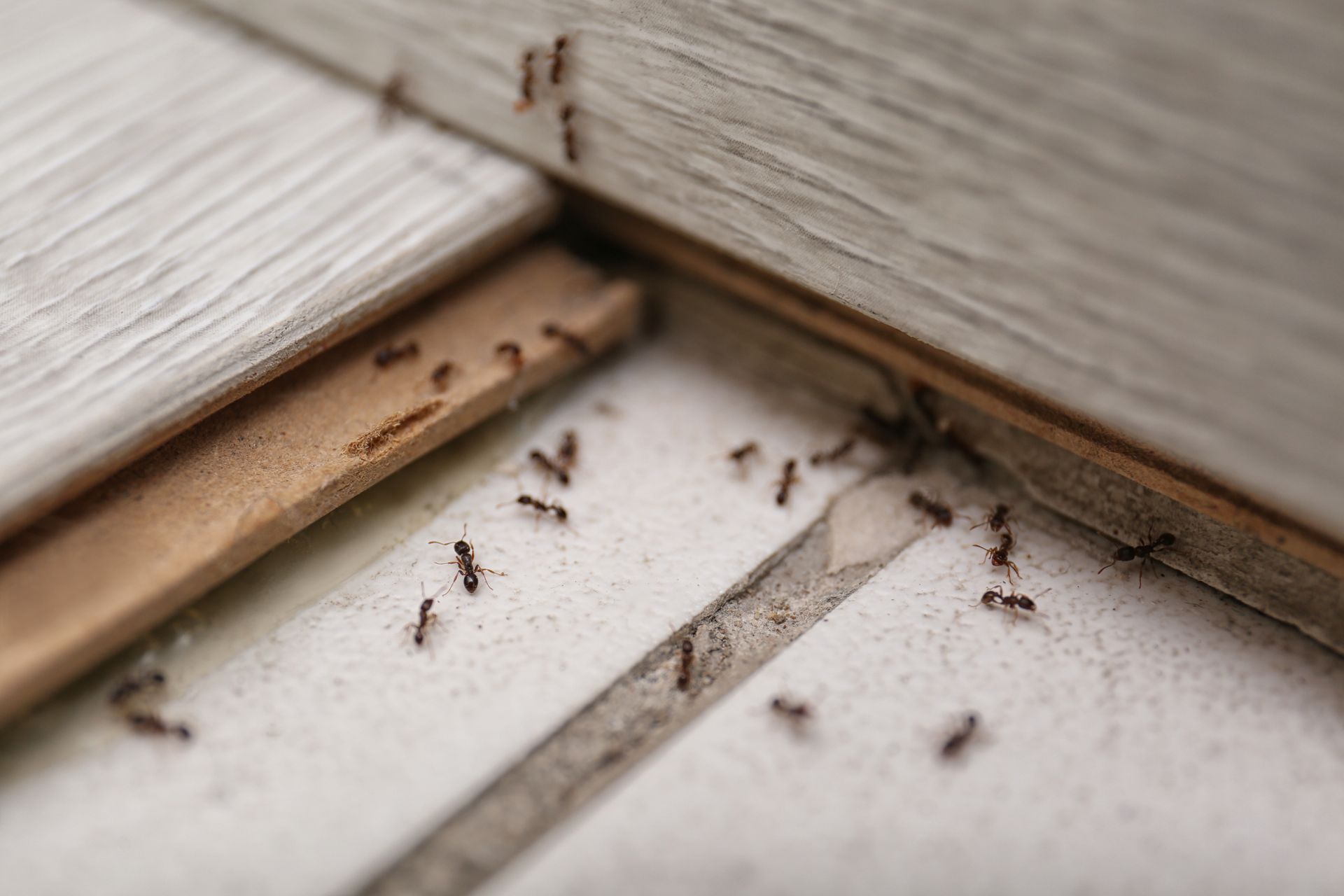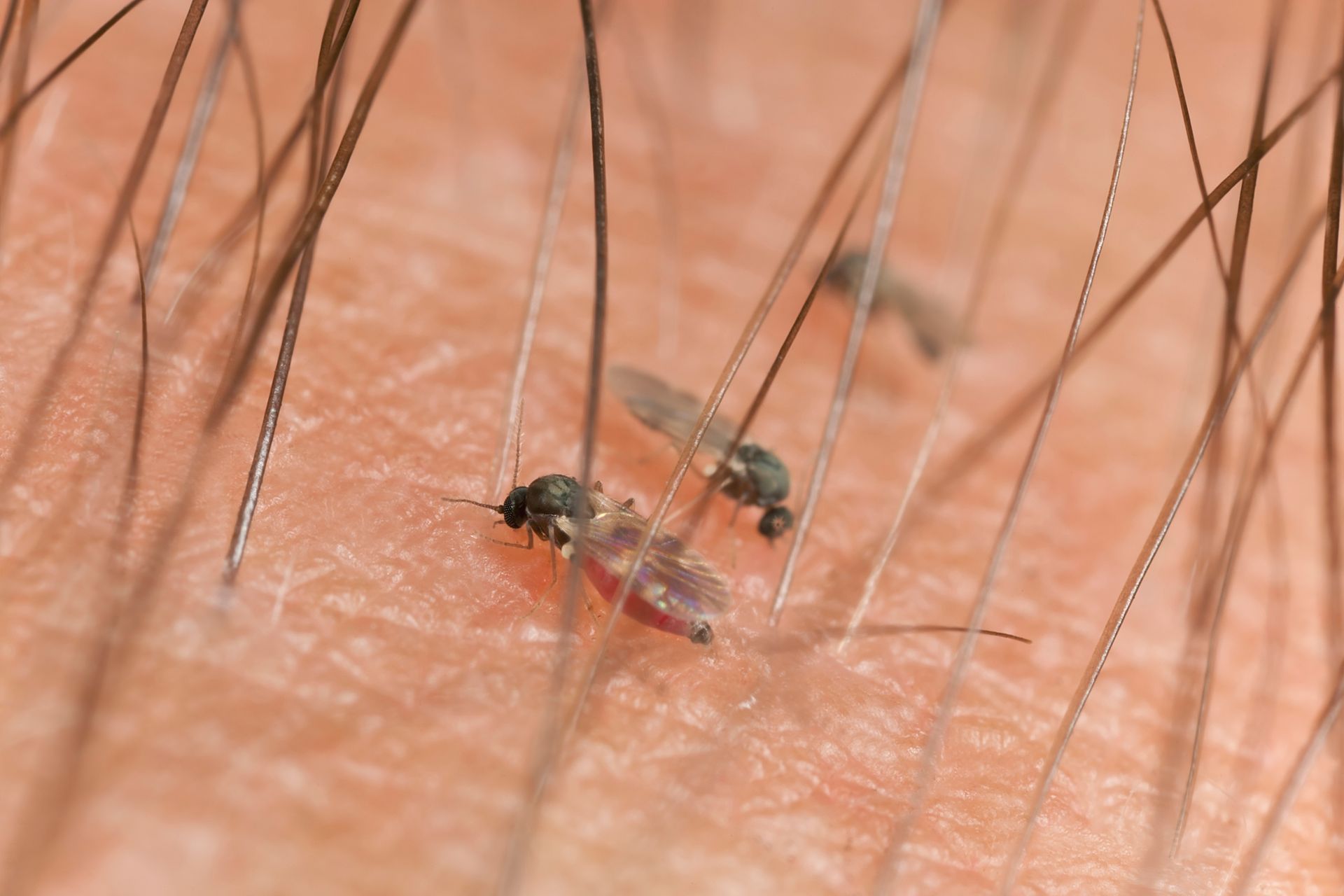Do Bees Die After They Sting You?

The common belief that bees die after stinging is not entirely accurate and varies depending on the bee species. Honeybees, for instance, often die after stinging as their stingers are barbed and get lodged in the skin of their target. This causes fatal injury to the bee when it flies away. This phenomenon results in the bee sacrificing their lives to defend their hive.
In contrast, other bee species like bumblebees and solitary bees have smoother stingers without barbs which enable them to sting multiple times without dying. The role of bees in our ecosystem is crucial because they act as pollinators which is essential for the survival of many plants including many of the crops humans eat. Understanding the behavior and biology of bees, including their stinging mechanism, is important in appreciating their significant impact on our environment and food supply.
Do All Bees Sting?
Not all bees possess the ability to sting. The ability to sting is largely impacted by the bee’s sex and species. Stinging is a trait found only in female bees because the stinger is a modified version of the ovipositor. An ovipositor is the organ that is used for egg-laying. Male bees across all species lack this structure which means that they cannot sting. This isn’t surprising as male bees are drone who serve a singular purpose, to mate with the queen and die. They do not support the hive in any fashion when it comes to foraging for food or defending against predators.
Females from most bee species are capable of stinging, but out of over 20,000 bee species around the world, roughly 550 are considered stingless bees. This class of stingless bees are known as meliponines. This class of bees is closely related to honeybees, but their stingers do not develop into an effective defense mechanism that they can use to sting to protect themselves and their hives. These bees are found throughout the world in tropical environments and instead rely on biting to defend themselves. Similar to ants, these stingless bees will bite and then discharge formic acid that results in small painful blisters.
What Bees Die After Stinging?
The common belief that bees die after stinging applies specifically to honeybees and not to all bee species. Honeybees have a unique anatomical feature where their stinger is barbed. When they sting mammals with thicker skin these barbs cause the stinger to become lodged in the skin. As the bee tries to fly away, it suffers a fatal injury because the bee's digestive tract tears away with the stinger, pulling out vital organs when it detaches.
Other bee species, including bumble bees, carpenter bees, and even queen honeybees, have smooth, straight stingers. This anatomy allows them to sting multiple times without the stinger becoming lodged and without causing fatal harm to themselves.
Why Do Honeybees Die After Stinging Humans?
Honeybees face a fatal outcome after stinging humans due to the unique structure of their stingers and the thickness of human skin. The stinger of a honeybee is barbed and is designed primarily for defense against other insects. These barbed edges of the stinger act as a serrated blade which does maximum damage to insects similar in size to bees as the bee can normally sting another insect repeatedly while injecting its venom. However, when a honeybee stings a human, the thicker skin traps the barbed stinger which prevents the bee from retracting it. As the bee attempts to fly away, the stinger remains embedded in the skin, causing a rupture in the bee's abdomen. This injury leads to the detachment of vital internal organs and part of the digestive tract.
The loss of these critical organs and the gaping hole in their abdomen is catastrophic for the bee. While the bee may survive for a short period after the incident, it ultimately succumbs to fluid loss and internal organ failure. This phenomenon was further examined in research studies that confirmed the inability of honeybees to survive after stinging humans.
Do Honeybees Always Die After Stinging?
In the case of honeybees, which encompass around 10 different species, their fate after stinging can differ. When honeybees sting other insects or spiders in defense of their hive, they often survive. This is because their stingers are usually able to penetrate the thinner exoskeletons of these creatures without getting stuck which allows the bee to retract its stinger without sustaining fatal damage.
However, the scenario changes when honeybees sting humans or animals with thicker skin. In these cases, the barbed stinger of the bee often gets lodged in the skin. When this happens, the bee attempts to fly away, and part of its abdomen is ripped away which leads to its eventual death.
How Does the Honeybee Stinger Work?
The stinger of a honeybee is a complex and effective tool that is designed much like a hypodermic needle. Attached to the stinger is a venom sac, from which a potent toxin is injected into the bee’s intended target. The stinger was originally an ovipositor that evolved into a defense mechanism. What started out as a tube designed to lay eggs, eventually evolved into an efficient weapon designed to protect the hive and queen. It is hollow and pointed and equipped with two rows of lancets, or saw-toothed blades, which are barbed and face outward. This structure functions similarly to a blade with serrated edges that is designed to do maximum damage on targets like spiders. The lancets move back and forth causing further damage while also driving the stinger in deeper so it can inject venom deep into the target.
When used on humans, however, the barbed edges act like a harpoon and anchor the stinger in place once it penetrates the thicker skin. As the bee stings, these lancets scissors further into the flesh, but unlike with other insects, the barbed stinger is unable to be withdrawn from thicker skin. Due to this, when a bee flies away, the tension placed on the stuck barbed stinger causes the stinger to be ripped from the bee’s body. Remarkably, the stinging mechanism can continue to operate even after the bee has flown away and disemboweled itself. This is due to a cluster of nerve cells located within the stinger, which coordinates muscle contractions. These movements cause the barbed shafts to continue moving back and forth, driving the stinger deeper and facilitating the ongoing release of venom into the skin. This process can persist for several minutes which makes the prompt removal of the stinger crucial to minimize the amount of venom injected.
Why Do Bees Sting?
Bees, particularly honeybees, sting primarily as a defense mechanism when they perceive a threat to their hive. When honeybees sense danger to their hive, they release alarm pheromones that signal to other bees in the colony that there is a threat nearby. This leads to a collective defensive response where multiple bees will swarm to ward of the perceived intruder. This behavior is crucial for the survival of the hive and the queen whose sole responsibility is to keep the hive alive and growing. Because female worker bees are not egg bearing, their lives are worth sacrificing to ensure that the hive and the reproductive queen survives.
Without any perceived threats nearby, honeybees are generally not aggressive. They tend to be timid when away from their hive and are unlikely to sting unless provoked. Provocation can occur through direct threats like grabbing or squishing a bee. Interestingly, many stings attributed to bees are actually caused by hornets and wasps which closely resemble bees. These types of stinging insects are typically much bolder and more aggressive. This misconception has led to bees being unfairly labeled as combative and aggressive whereas their stinging behavior is usually a last resort to protect their hive.
Why Are Bee Stings Dangerous?
Bee stings can be dangerous for a couple of key reasons:
Swarms
When a bee stings, it releases alarm pheromones from a gland near its sting chamber. This chemical signal alerts other bees in the vicinity which often results in a swarm response where multiple bees become agitated and ready to sting. This behavior is a protective mechanism for the hive, but it can pose a significant danger to anyone near the hive as they may be subjected to multiple stings.
Allergies
The danger of bee stings is further amplified for individuals with allergies to bee venom. Most people only experience pain and swelling due to substances like melittin in bee venom. Melittin activates pain receptors and causes histamine release. However, those with allergies can have far more severe reactions. In such cases, a bee sting can trigger anaphylaxis which is a potentially life-threatening allergic reaction that can lead to respiratory dysfunction. This is particularly dangerous in adults over the age of 40 and in cases where a sting occurs on the head or face. Although these types of severe reactions are rare and occur in roughly one percent of cases, they can be fatal and require immediate medical attention.
How to Remove the Stinger
Prompt removal of the stinger is crucial after a bee sting because the stinger continues to inject venom into the skin. Any delay, even for a few seconds, in deciding how to remove the stinger can increase the amount of venom injected which can result in more intense pain and swelling. It is important to avoid pinching the stinger and pulling it out because that method can increase the pressure on the venom sac and cause even more venom to be released. The best way to remove it is to scrape the stinger with a fingernail or credit card to dislodge it from the skin.
After removal, it's important to wash the area with soap and water and then apply an ice pack to reduce pain and swelling. To further alleviate discomfort, a paste of baking soda and water can be applied for 15 to 20 minutes. Antihistamine creams can also be used to soothe the affected area and alleviate some of the swelling. For pain relief, over-the-counter pain relievers such as acetaminophen are recommended. In the event of a more serious allergic reaction, an EpiPen needs to be used properly followed by immediate medical attention to ensure there are no further complications.
Contact EcoGuard if You Are Dealing with Bees
While understanding the basics of bee behavior and first aid for stings is important, managing a bee infestation or safely removing bees requires professional expertise. If you find yourself facing an infestation of honeybees, it's wise to seek the assistance of experienced professionals. EcoGuard Pest Management offers reliable and humane bee removal services which ensure your safety and preserving the essential role bees play in our ecosystem. Don't hesitate to reach out to EcoGuard Pest Management for efficient and expert solutions to your bee problems.
Bee Sting FAQs
Can a bee ever survive after stinging?
Honeybees typically do not survive after stinging a human or other mammals due to their barbed stinger, which gets stuck in the skin and results in fatal injury to the bee. However, in cases where honeybees sting other insects or creatures with thinner exoskeletons, they can sometimes retract their stinger and survive. Other bee species with smooth stingers, like bumblebees, can sting multiple times without dying.
Do bees know they'll die if they sting someone?
Honeybees do not have the cognitive ability to understand the consequence of dying when they sting a mammal. Their stinging behavior is an instinctive defensive reaction to protect their hive, driven by their role in the colony rather than a conscious decision. The act of stinging and the subsequent death of the bee is more a result of their biological and physical makeup rather than a deliberate, knowing sacrifice.
Do bees leave their stinger in you?
Honeybees often leave their stinger in the skin when they sting humans or other mammals. This occurs because their stingers have tiny barbs that get lodged in the thick skin, and when the bee tries to fly away, the stinger is torn from its body. Other types of bees, like bumblebees, have smooth stingers and do not leave them behind after stinging.


